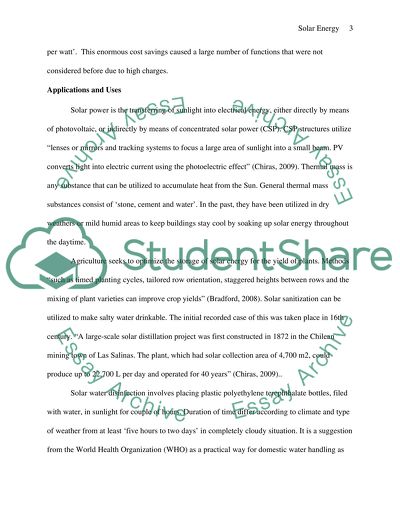Cite this document
(“Solar energy Essay Example | Topics and Well Written Essays - 1500 words - 1”, n.d.)
Retrieved from https://studentshare.org/literature/1424340-solar-energy
Retrieved from https://studentshare.org/literature/1424340-solar-energy
(Solar Energy Essay Example | Topics and Well Written Essays - 1500 Words - 1)
https://studentshare.org/literature/1424340-solar-energy.
https://studentshare.org/literature/1424340-solar-energy.
“Solar Energy Essay Example | Topics and Well Written Essays - 1500 Words - 1”, n.d. https://studentshare.org/literature/1424340-solar-energy.


